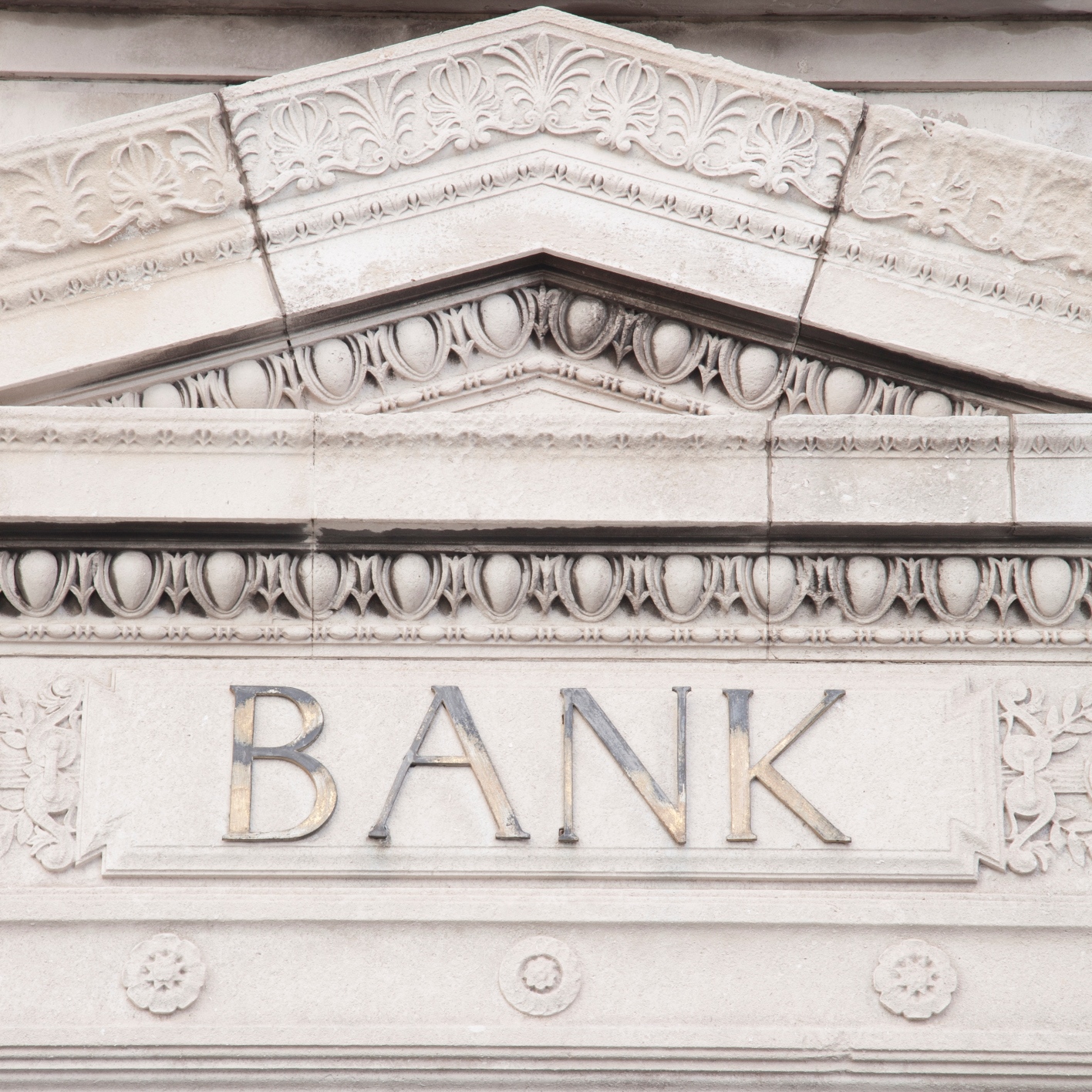Banking, finance, and taxes
How the Financial Sector Has Held Back the Dow in 2016

Published:
Last Updated:

Although it has only been a few months into 2016, this market cycle has been fairly convoluted. We have seen oil prices fall into the $20 range and then recover slightly, another Federal Reserve rate hike delay, and even relative currency fluctuations in Europe and China. But after much waiting, the Dow Jones Industrial Average (DJIA) has made it back to positive territory.
So far in 2016, it has taken about three months for the DJIA to go positive. The push to positive was in fact made by the Dogs of the Dow, but this push was stalled for some time by many of the financial companies in the index. The financial sector as a group is down just over 7% in the quarter to date.
When the Fed in December raised its policy interest rate to a new range of 0.25% to 0.50% from a range of 0.00% to 0.25%, the move was viewed as positive for banks. However it wasn’t until the most recent Federal Open Market Committee (FOMC) meeting announcement that investors began to believe the financial sector would not get pummeled by rate hikes.
The Fed saw stability returning to global markets and a solid increase in energy prices since February as signals that the economy is doing better and that just two rather than four rate hikes are on tap for this year.
The second worst performing Dow stock is American Express Co. (NYSE: AXP), as its shares have dropped over 13% year to date. The shares ended last week at $60.47, with a consensus price target of $63.96 and a 52-week trading range of $50.27 to $81.92.
JPMorgan Chase & Co. (NYSE: JPM) rounds out the top three worst performing Dow stocks, as its share price is down roughly 9% year to date. JPMorgan was last trading at $59.48, with a consensus price target of $69.29 and a 52-week range of $50.07 to $70.61.
While Visa Inc. (NYSE: V) is not completely lost, it is still in the bottom third of the DJIA in terms of performance. The stock is down more than 4% year to date. Its shares closed most recently at $74.14, with a consensus price target of $85.53 and a 52-week range of $60.00 to $81.01.
Are you ahead, or behind on retirement? For families with more than $500,000 saved for retirement, finding a financial advisor who puts your interest first can be the difference, and today it’s easier than ever. SmartAsset’s free tool matches you with up to three fiduciary financial advisors who serve your area in minutes. Each advisor has been carefully vetted and must act in your best interests. Start your search now.
If you’ve saved and built a substantial nest egg for you and your family, don’t delay; get started right here and help your retirement dreams become a retirement reality.
Thank you for reading! Have some feedback for us?
Contact the 24/7 Wall St. editorial team.